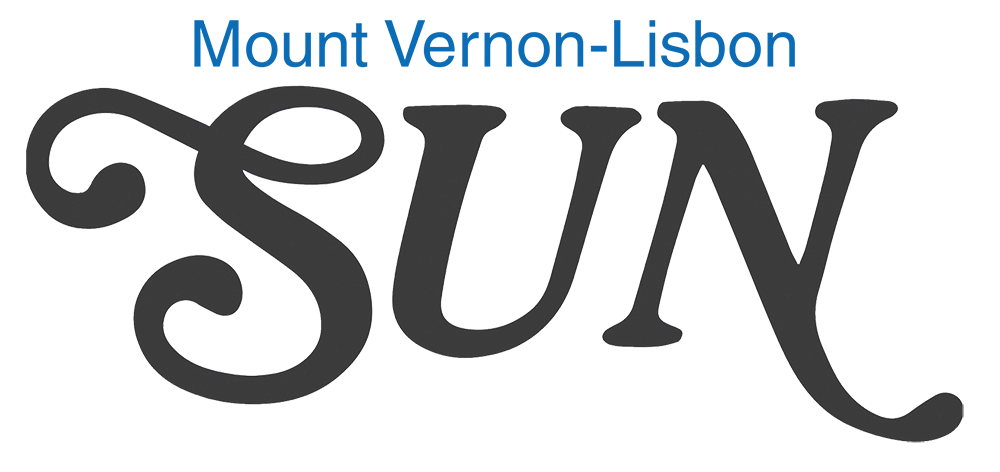The Mount Vernon School Board continued discussions on solar panels at Washington Elemenary School, Mount Vernon Middle School and the transportation buildings at the district.
Terry Dvorak from Red Lion Solar said that moving to solar energy panels was one way for the district to save thousands of dollars in energy costs per year.
Dvorak said if the board was considering adding solar panels, he’d recommend moving forward at the beginning of the year and doing so before making any other energy saving choices.
“That would give you the biggest amount of energy savings,” Dvorak said. “You’d have panels established to your previous energy usage, and then whatever changes you make would be additional savings.”
The goal for the district is to draw buildings down to 20 kilowatts per hour in electrical usage.
Board president Rick Elliott said the board has been speaking about the solar panels for more than a year.
Board member Tim Keegan asked if there was any estimate on how much energy savings the district could see from switching to LED lighting alone.
Dvorak said a lot of the potential savings depend on the weather seen, especially during winter months.
Panels would be covered and replaced due to damage from weather like wind and hail. If a building were to be damaged by fire, the school would be responsible for paying for damaged panels if they were on the roof.
Dvorak said that rebates and incentives for panels will change at the beginning of the year.
Keegan asked what the difference might be for choosing to go with mounting panels on a roof compared to the ground. Dvorak said the important factor is making sure panels have the appropriate slope to catch the most sunlight, especially during winter months.
When it came to mounting on the elementary roof, the issue was not knowing the current life of that roof on the elementary building. If a roof replacement were to be made, panels would either need to be moved during that replacement or taken down and put back in place after replacement.
“You want something with at least 10-years of life if you’re going to mount panels,” Dvorak said.
Board member Lance Schoff said one of his concerns with some of the placements being considered is that the district may be looking at building in the future, and setting panels in some proposed locations would lock them in place for the next five years.
Another concern were panels that were looking to be placed along the left field line of the Mount Vernon softball field.
Dvorak said he had thought the distance would keep them from being struck, but activities director Matt Thede said college and high school players have hit balls that traveled that far, particularly on a foul ball. The school would be responsible for replacing panels damaged by softballs. That sparked discussion of possibly looking at other locations to minimize that damage.
Elliott asked if the board were to move forward, how soon contracts could be signed. Dvorak said that could be completed in January’s meeting, and work could start for applying for grants for the high school building, which could take a year to complete.
Keegan asked if panels would be high enough for buses to park under them. Dvorak said they would be high enough to do that, yes.
The board asked Dvorak to outline potential areas for placement of the panels to be reviewed at the January meeting, and the board could take action at that point.
The board will also make a determination on LED lighting at a future meeting.
Schoff said switching to LED lighting was something he was fully behind. Elliott spoke in favor of that as well, stating the energy savings for First Street Community Center and length of those light bulbs have helped at the building.
